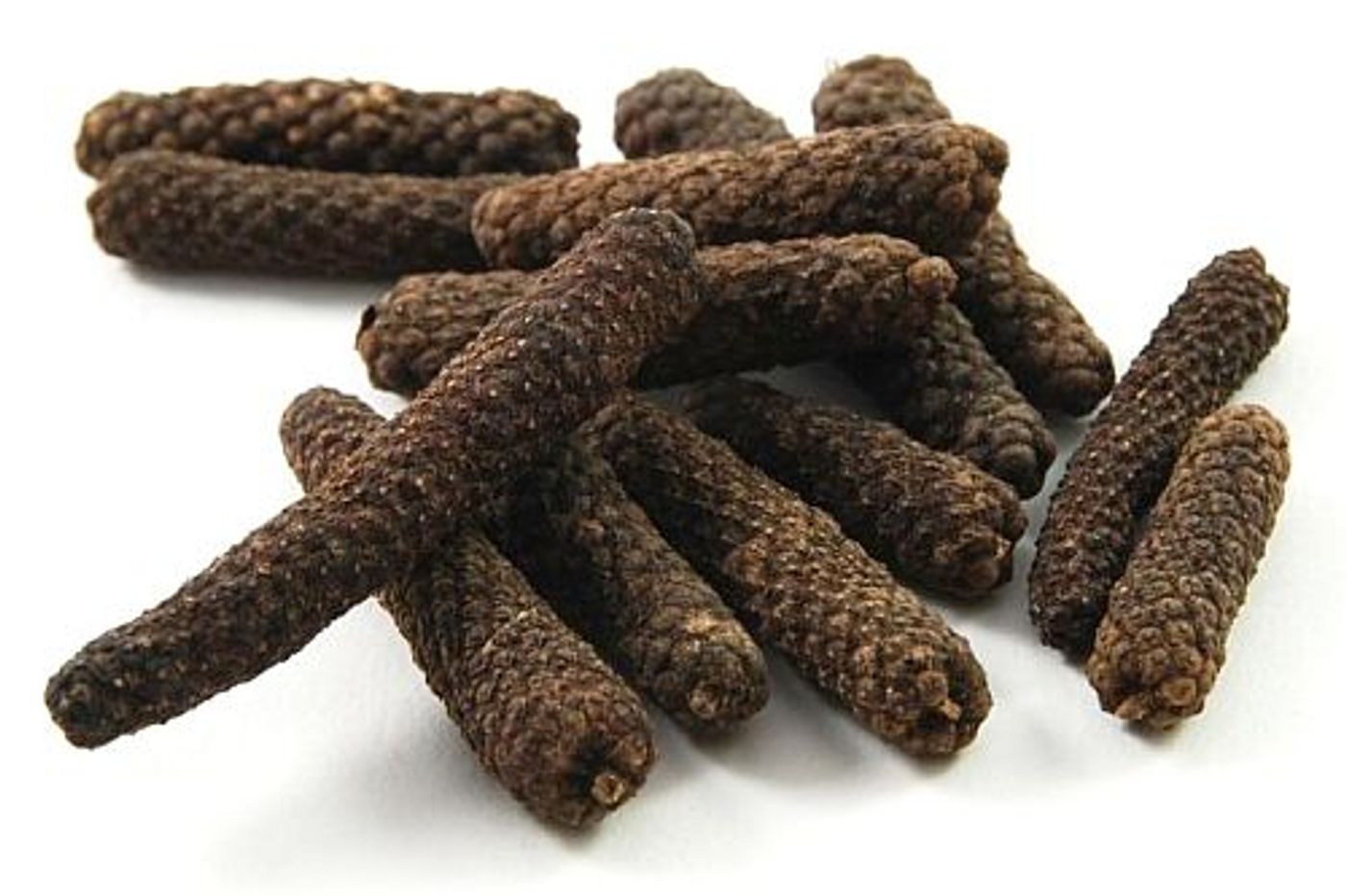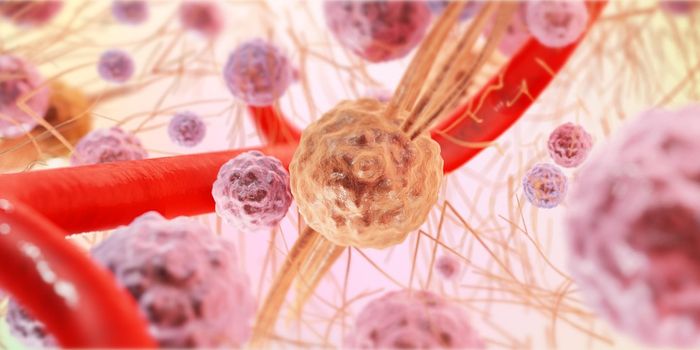How a Native Indian Pepper Suppresses Cancer
Peppers are in the spotlight again this week as scientists reveal the biological mechanism behind the anticancer effects of a different compound from an Indian pepper plant, known as the long pepper.
Earlier this week, I reported on capsaicin – the spicy chemical in chili peppers – and how this was reported to be effective against some breast cancer subtypes. Rather than capsaicin, researchers found that a chemical in the Indian long pepper (Piper longum), known as piperlongumine (PL), acts to silence a gene that’s overly abundant in cancers.
In some cell experiments, PL killed some types of cancer cells while leaving healthy cells alone. In a mouse xenograft model, PL was shown to be effective at stopping cancer spread. Combined, PL has demonstrated anticancer effects in prostate, breast, lung, colon, lymphoma, leukemia, primary brain tumors, and gastric cancer.
The link between the long pepper and anticancer effects are not new – the medicinal properties and potential of this plant dates back thousands of years in the Ayurveda texts. The plant was also noted in the records from Hippocrates who is well-regarded as the father of medicine.
To shed light o the anecdotal anticancer effects of the long pepper, scientists at the University of Texas, Southwestern investigated the structural and biochemical properties of piperlongumine (PL). Using x-ray crystallography – a technique that reveals the atomic and molecular structure of compounds – the team analyzed what happens to PL after it enters the body.
They showed after hydrolysis of PL, the product (hPL) binds at the active site GSTP1 (Glutathione S-transferase pi 1) – a protein that’s overexpressed in cancerous tumors. Binding of hPL at GSTP1’s active site essentially inhibits this protein and may thereby block cancer proliferation.
"We are hopeful that our structure will enable additional drug development efforts to improve the potency of PL for use in a wide range of cancer therapies," said Kenneth Westover, a professor at UT Southwestern, and the study’s senior author. "This research is a spectacular demonstration of the power of x-ray crystallography."
Moreover, the results provide a biological mechanism for what’s been suspected for thousands of years. "This study illustrates the importance of examining and re-examining our theories. In this case we learned something fundamentally new about a 3,000-year-old medical claim using modern science," said Dr. Westover.
The team hopes that in uncovering the x-ray crystal structure of the compound and how it interacts with cancer proteins, further research could lead to new and more effective drug targets.
Additional sources: UT Southwestern Medical Center









